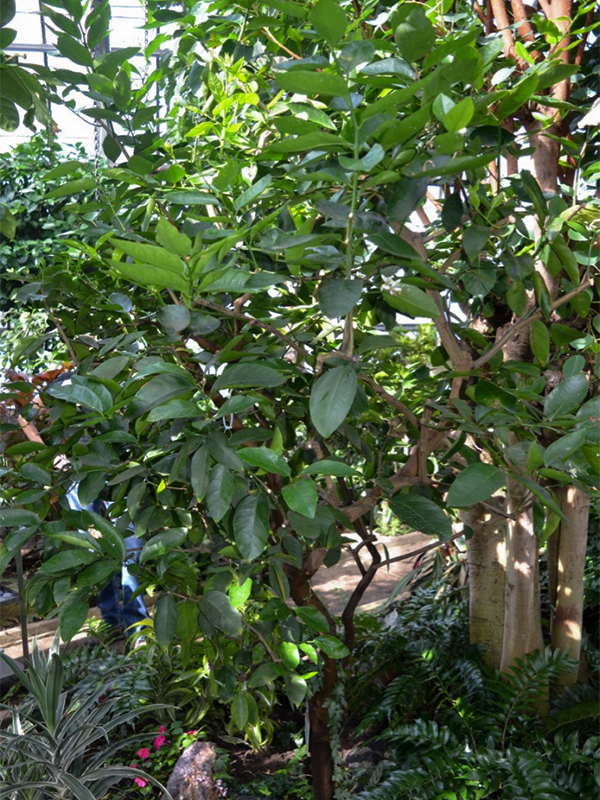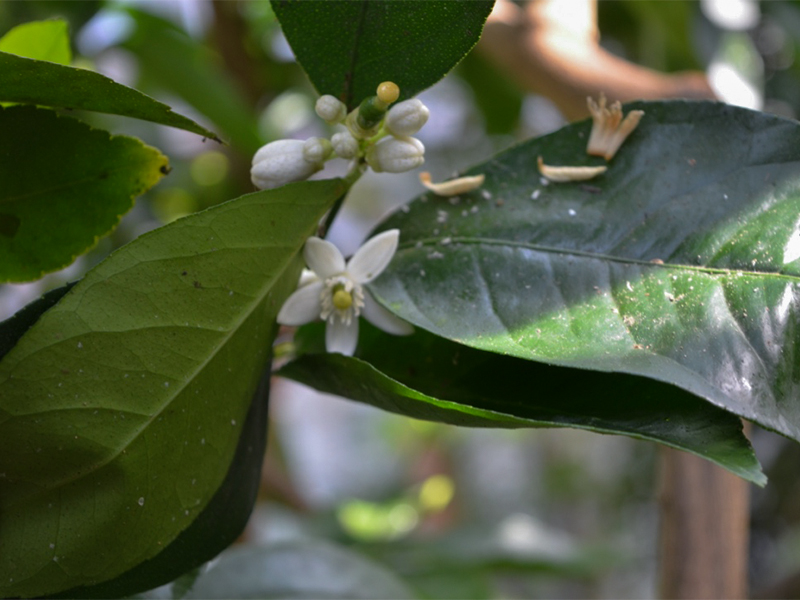
Tropicals > Citrus > Citrus aurantifolia > Citrus aurantifolia
Citrus aurantifolia
Mexican Lime, Key Lime, West Indian Lime
Origin: Southeast Asia.
| Family |
| Rutaceae |
| Genus |
| Citrus |
| Species |
| aurantifolia |
| Category |
| Tropicals |
| Type |
| Tree (evergreen) |
| USDA Hardiness Zone |
| 9 - 11 |
| Canadian Hardiness Zone |
| Requires cold season protection under glass. |
| RHS Hardiness Zone |
| H1c - H4 |
| Temperature (°C) |
| -10 - 10 |
| Temperature (°F) |
| 14 - 50 |
| Height |
| 1 - 7 m |
| Spread |
| 1.5 - 2 m |
Photographs
Description and Growing Information
Flowering Period
| General Description |
| A small lime tree. Fruit is most known for being the titular ingredient in Key Lime Pie. |
| Cultivation |
| Grow in full sun with well drained soil. Very sensitive to cold. |
| Growth |
| Medium |
| Pests |
| Resistant to verticillium. Susceptible to aphids, mealybugs, scale, spider mites, thrips, white flies, brown rot, chlorosis, crown rot, armillaria, phytophthora, root rot, sooty mold and viruses. Xylella a bacterial disease is a serious threat to many horticultures crops due to its virulence and wide range of species it can infect. It can infect more than 560 species with wide ranging symptoms including leaf scorch, yellowing and scorching, wilt, branch and twig dieback and plant death. These symptoms can be identical to other symptoms such as drought and weather stress. Infected plants show symptoms within a few years after planting. |
| Bark/Stem Description |
| Has thorns on stems and branches. |
| Leaf Description |
| Elliptic to oblong in shape. |
| Flower Description |
| Fragrant. Flowers have both male and female parts. |
| Fruit Description |
| Fruits ripen 5-6 months after flowering. |
| Colour Description |
| Leaves are medium green. Flowers are white. Bark is dark brown. |
| Texture Description |
| Leaves are glossy. Bark is smooth. |
| Notable Specimens |
| Centennial Conservatory, Thunder Bay, Ontario, Canada. |
| Propagation |
| By seeds and by grafting, Germinate in shade, greenhouse, or filtered sun. |
| Ethnobotanical Uses (Disclaimer) |
| Fruits is commonly used in drinks and desserts, but the fruits can be used just like any other limes. |


